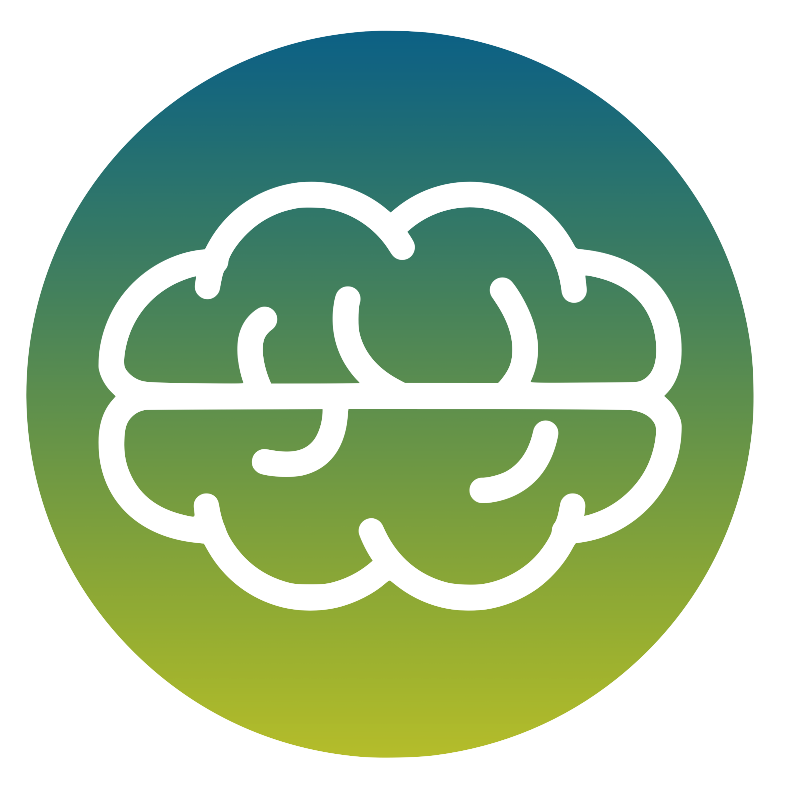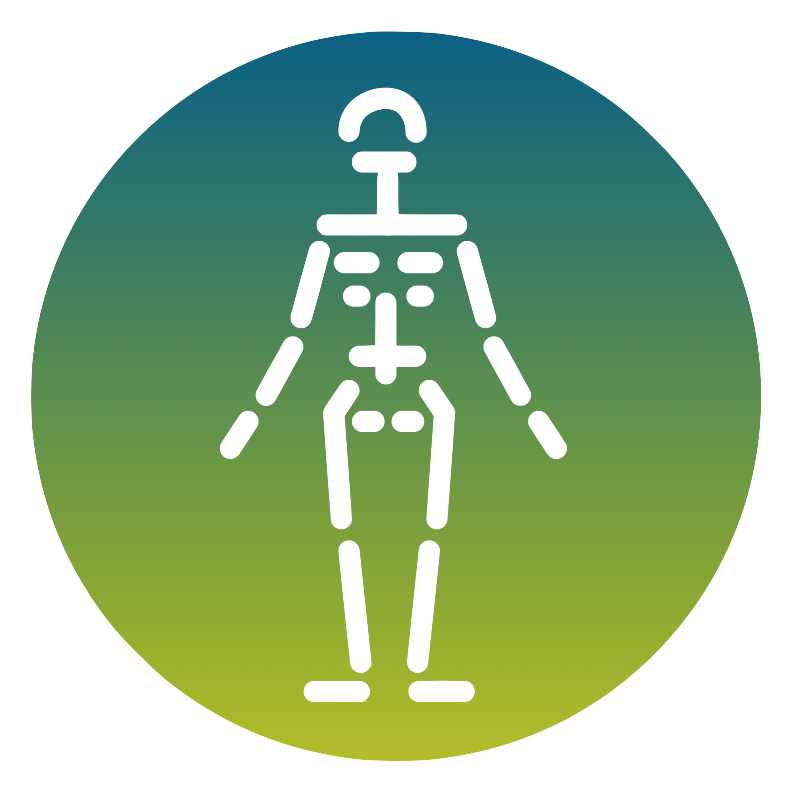Cortical malformations Code R-183
- Description
- Number Genes
- Prevalence
- Indications and clinical utility
- Test performed and limitations
- Other Specialities
Cortical malformations are structural abnormalities of the brain that occur during embryonic and foetal development, affecting the formation of the cerebral cortex. The cerebral cortex is the part of the brain responsible for complex cognitive functions, such as language, memory and sensory perception. Cortical malformations can result from various genetic and environmental factors that interfere with the processes of nerve cell proliferation, migration and organisation during brain development. The clinical consequences of cortical malformations vary depending on the nature and severity of the abnormality. They may include epilepsy, developmental delay, intellectual disabilities and motor or sensory disorders.
195 genes
Not known
Multi-gene panel aimed at the molecular diagnosis of cortical malformations.
Method: NGS sequencing, determination of SNVs (Single Nucleotide Variants), small insertions and deletions and CNVs (Copy Number Variants).
Limits: The test is unable to determine the presence of underrepresented somatic events, balanced chromosomal rearrangements, nucleotide expansion events of repeat regions, CNVs <3 contiguous exons. <3 esoni contigui.
Some genes may have low coverage areas, where necessary or upon specific request, within the limits of methodological limitations, sequencing can be completed with alternative methods (Sanger).
Some genes may be duplicated in the genome (pseudogenes), which may invalidate the analysis.
..














